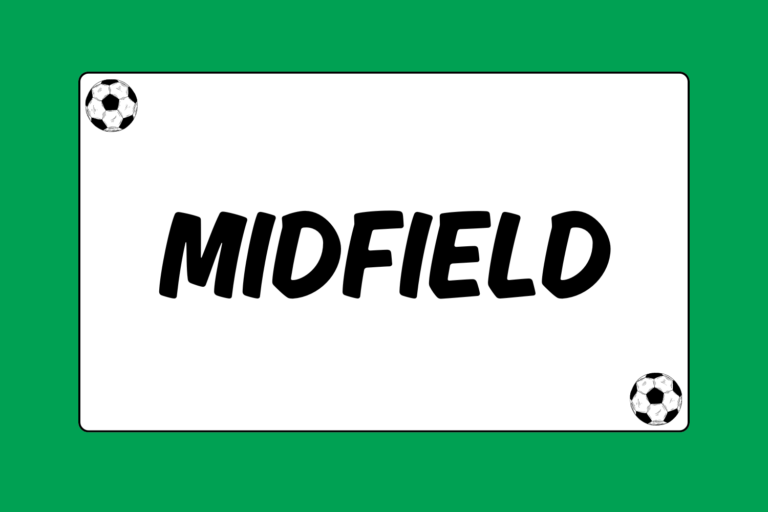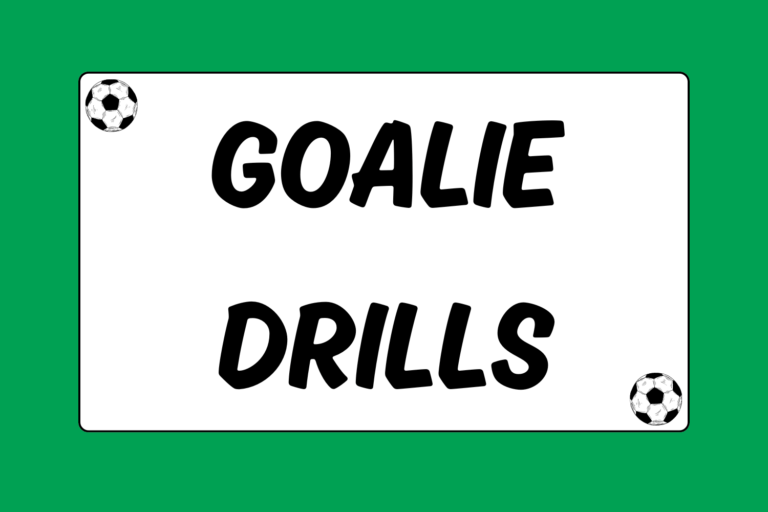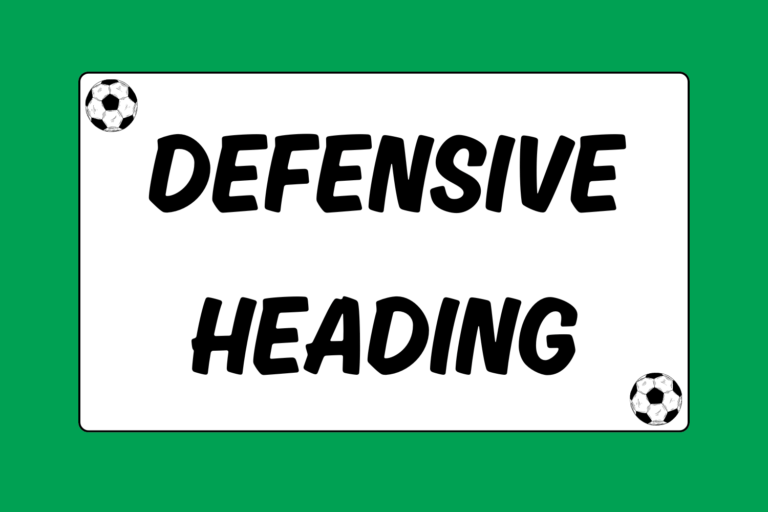A soccer forward’s territory lies in the offensive half of the field. For that reason, the forward should be a skillful dribbler and crisp passer, able to maneuver the ball downfield and into scoring position. He also must be able to work well with his teammates, and look for the open man when he has the ball.
When the ball is in the defensive end, the forwards should remain stationed at midfield ready to receive a clearance pass from the defense. In this position, the forwards are prepared for a counter-attack, or to help the ball downfield by getting open and providing support.
The Mindset of a Forward
Every time the ball is in the offensive zone, the goal of the forwards is to get a shot on goal. Ideally, every time a forward gets the ball there is just enough time and space to put a shot hard into the far corner of the net. That doesn’t usually happen, however, so it’s important to aggressively maintain possession and fight for optimal field position.
As a forward, you’ll often find yourself outnumbered and surrounded by the defense. It’s important to not give up. Keep working to create space when you have the ball and find openings in the defense when you don’t. Be assertive and confident, and you will find success as the game wears on.
Fun Fact:
By exerting pressure on the opposition at every opportunity, you wear down defenders over the course of a game. A tired defense becomes vulnerable late in games, giving the advantage to the offense. This is true even against the toughest defensive unit.
Roles of the Forwards
A traditional attacking formation has forwards advance the ball from midfield, along the wings or outside edges of the field, where the defense is more spaced out and there is more room to maneuver. The wingers look to get the ball into the center of the field to the striker or center forward.
Each forward position has specific responsibilities on the field.
- Wingers: Speed and dribbling are the most important skills a wing forward should have. The winger works with the midfielders by getting open and receiving a pass forward. They must use the extra space along the sideline to their advantage, and be excellent one-on-one ball-handlers.
- Center forward: At the youth level, there are often two center forwards. However, it is helpful if one of the two is a good passer who can stretch the defense forward while scanning the field for help. He is a big target who attracts defenders, and helps make plays for his teammates.
- Striker: If a team has a center forward who looks to control the ball in traffic, they’ll often have a striker to compliment him. This is a player who can kick confidently with either foot, and use his head or chest to trap the ball and make a quick strike.
Though communication is vital among all players, the wingers and center forwards must be able to work especially well with others. This means talking on the field and knowing where to look for each other near the goal.
First Touch
Making a good first touch on the ball is more important for forwards than for any other players. Forwards have to be skilled at controlling and trapping the ball with one touch, then quickly moving it forward.
Forwards should also know where to go with the ball before it arrives. Having a plan about what to do next will likely result in an extra few seconds where you’re undefended, and in turn makes it easier to get in position to pass or shoot on goal. Anticipate where you are going with the ball, and move confidently in that direction with the ball in control.
Hot Tip: (Don’t) Use Your Head
Many young players get in the habit of using their head on the ball whenever possible. It is difficult to control, trap or pass the ball with your head, and players should only use headers when trying to score. Use your foot, leg or chest when trapping or passing the ball.
Finishing
A forward can quickly make up for other shortcomings on the field by being able to rip shots with both feet. As a forward learning to play the game, understand that the ball will rarely approach in a controlled manner. Instead, it’ll usually be a high bounce, volley or lob, and it’ll often be toward your chest, head, or off-foot.
For this reason, it’s important to develop the ability to hit the ball confidently with either foot or your head on goal. It’s also important to practice one-touch strikes, in which you control the ball with one touch and quickly strike it into goal.
One-touch Drills
Instead of practicing penalty kicks or roll-out drills – in which a teammate or coach rolls the ball softly to you at the top of the penalty box from the end line – practice shooting after receiving hard throws or high bounces. Let your coach or teammate send the ball from just to the right of the goal, making it difficult to control or get a quick strike on the ball.
Focus on getting off a shot on goal as quickly as possible. Whenever possible, try to connect with the ball on a volley, without trying to control it first. If necessary, touch the ball once to control it, let it bounce, and fire it into the net. Remember: In a game, the defense will be on you immediately, and you won’t have much time in preparing to take a shot.
Make the Right Play
For forwards, getting the ball in a position to shoot it is just as important as taking the shot itself. This means using space, finding open teammates, and anticipating where you want to go with the ball.
Stay in control when getting the ball from the midfield and moving it toward the goal. While you should be aggressive and confident, it’s also important to play in control. When possible, take a moment to think about where you want to go with the ball after receiving a pass. By stopping and looking for open space or teammates, you’ll stay in control and be more confident with the ball.





